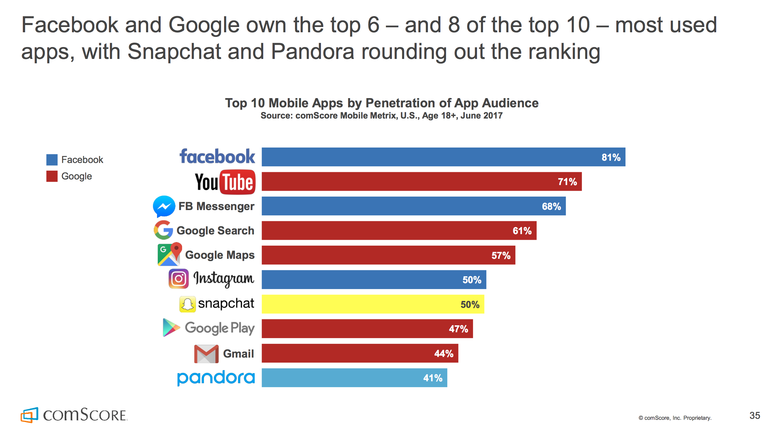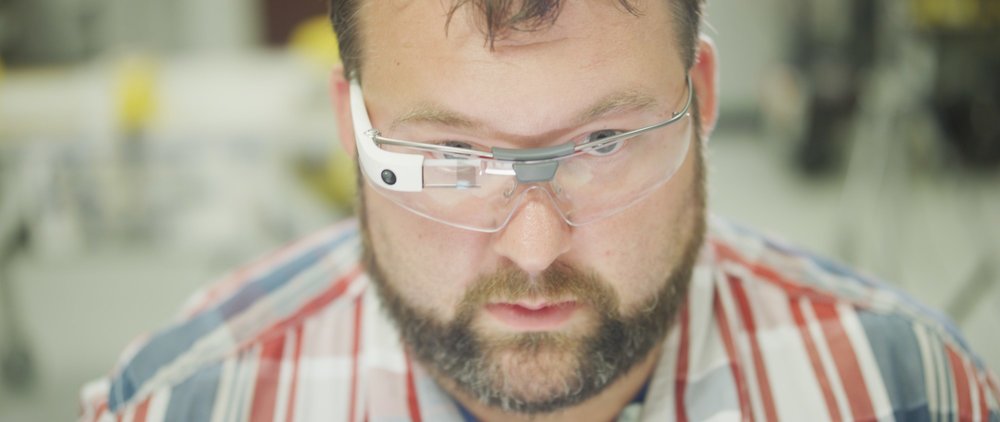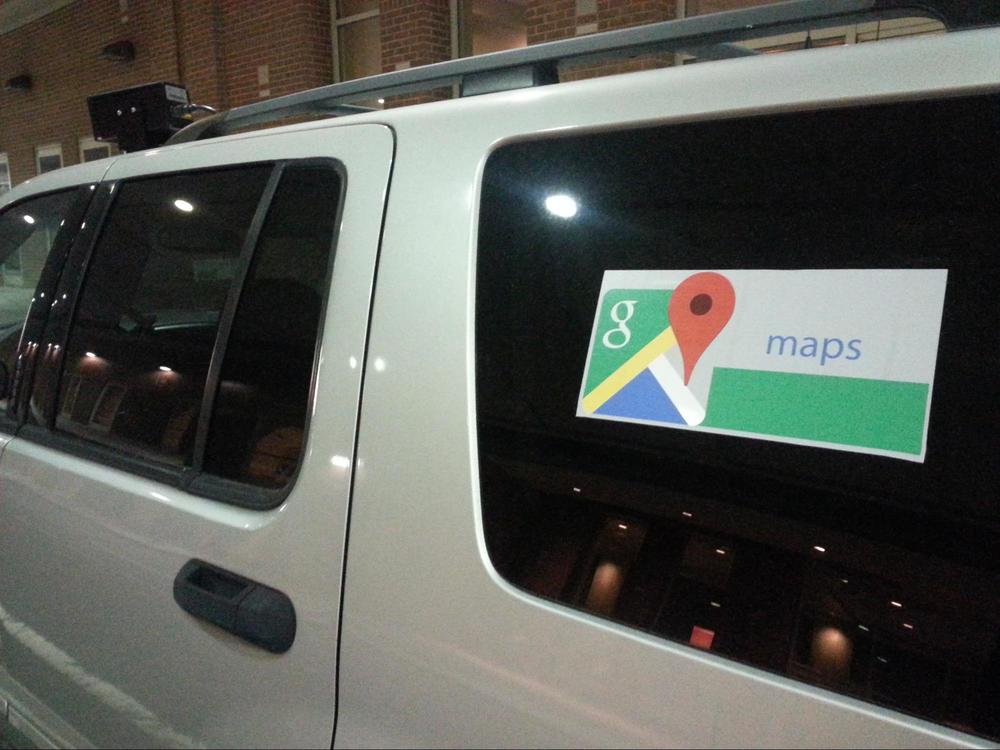As Google Maps Renames Neighbourhoods, Residents Fume
For decades, the district south of downtown and alongside San Francisco Bay here was known as either Rincon Hill, South Beach or South of Market. This spring, it was suddenly rebranded on Google Maps to a name few had heard: the East Cut. The peculiar moniker immediately spread digitally, from hotel sites to dating apps to Uber, which all use Google’s map data. The name soon spilled over into the physical world, too. Real-estate listings beckoned prospective tenants to the East Cut. And news organizations referred to the vicinity by that term.
“It’s degrading to the reputation of our area,” said Tad Bogdan, who has lived in the neighborhood for 14 years. In a survey of 271 neighbors that he organized recently, he said, 90 percent disliked the name. The swift rebranding of the roughly 170-year-old district is just one example of how Google Maps has now become the primary arbiter of place names. With decisions made by a few Google cartographers, the identity of a city, town or neighborhood can be reshaped, illustrating the outsize influence that Silicon Valley increasingly has in the real world.


 “An ambitious project to blanket New York and London with ultrafast Wi-Fi via so-called “smart kiosks,” which will replace obsolete public telephones, are the work of a Google-backed startup.
“An ambitious project to blanket New York and London with ultrafast Wi-Fi via so-called “smart kiosks,” which will replace obsolete public telephones, are the work of a Google-backed startup.


